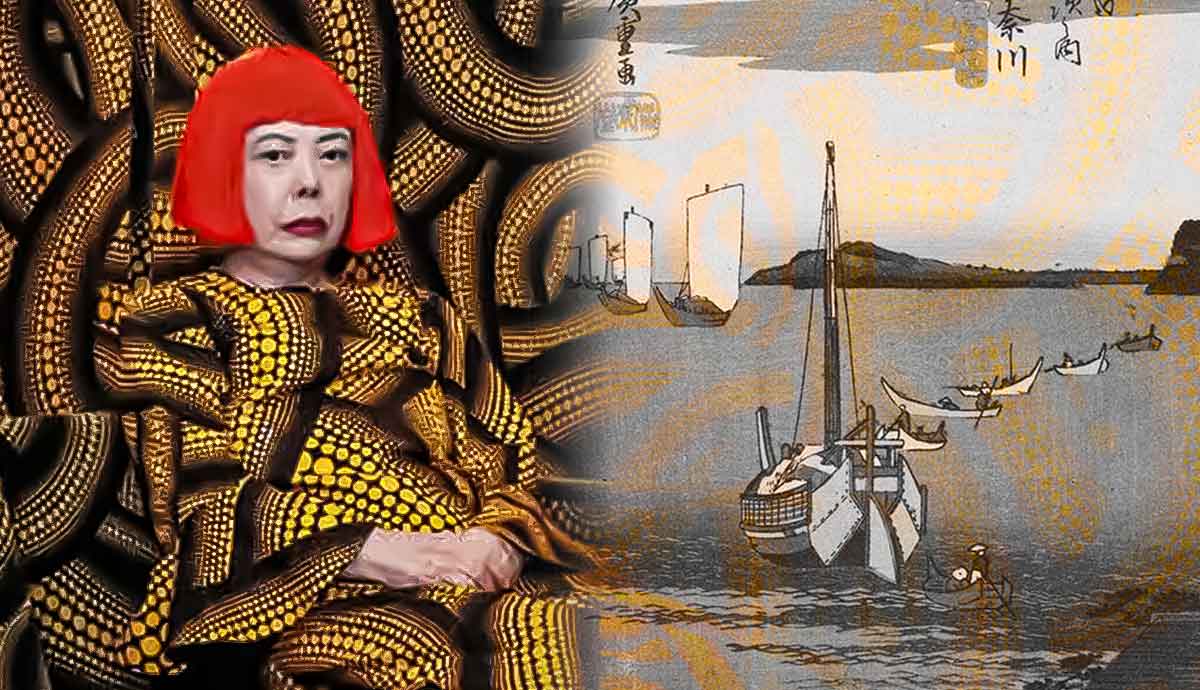
History is full of manuscript books, scriptures, and codex collections that are preserved in historical institutions for future generations to enjoy and study. The Voynich Manuscript is unique, because it is written in an undecipherable language, one which has been baffling historians for generations. What is this unique book for, and who wrote it?
What Is Written in the Voynich Manuscript?

The Voynich Manuscript is written on vellum, and testing the vellum dates the pages to about the 15th century..Vellum is animal skin or membrane that is prepared that can be written on. Usually, they are made from calf skin if it is a high-quality work, although they can also be made from sheep and goat skin.
Many codex, also called manuscript books, were historical or mythological tales, scripture, or ancient early forms of fiction. The stitched-up form of the book had replaced earlier scrolls that were rolled up or wax tablets that were scratched on.
Unlike other texts that have been read over the years, this one has puzzled those who have tried to read and study it. Although the pages have decorations and illustrations of different plants, it is unknown even what kind of text this is. Scientific? Magical? Some kind of fable? Many consider it to be some sort of nature text about plants because of the vast grid decorations on each page. Other pages have women figures and shapes in red and blue that look like flowers. There are also astrological symbols. Some pages are missing from the book.
Where Was the Voynich Manuscript Found?

We know that the manuscript dates from around the early the 15th century. However, there is no indication of its creation, or who painted it. The manuscript is named after Wilfrid Voynich who in 1912 came across the book in Italy. He was a rare books dealer who knew there was something special about it. The first confirmed owner, according to documentation, was an alchemist in Prague named Georg Baresch. Who else might have owned it over the years is unclear.The book went to the Yale University’s Beincecke Rare Book and Manuscript Library in 1969. It was later digitized online in 2020 so that others can study the pages and enjoy their beauty.
What Other Famous Codex Were Made in the Early Renaissance?

The Codex Atlanticus is one famous codex from the Renaissance period. It is Leonardo da Vinci’s diary, the largest collection of drawings by the famous artist and inventor, and the sketches date from 1478-1518. Like the Voynich manuscript and many texts of that day, the pages are handmade and vary slightly in size from each other. Online pages of the digital artworks can be seen at Ambrosiana.
The equally intricate and fascinating Codex Egberti was created some years before the Renaissance. It has a cycle of illustrations about Jesus and his life, along with parts of gospels written into it, and 56 separate illustrations.
Who Cracked the Voynich Manuscript?

Well, no one really. Many have tried, and claimed to have solved it, or at least parts of it, although others always disputed these findings. Today the manuscript is on display at Yale, allowing scholars to continue to try. Like the Rosetta Stone, it might take a long time to decipher what is written, but maybe one day it will be read.
The 240 pages are in six major sections, at least according to the illustrations, related to botanical, astronomical and astrological, biological, cosmological and pharmaceutical subjects, along with a series of recipes. Some believe it is written in a variation of Hebrew.
Both professional and amateur code breakers, linguists, and cryptographers over different countries have tried their hand at cracking the code. This includes Prescott Currier, a Naval officer who served during World War II, Elizebeth Smith, who worked as a cryptanalyst for the army in the war and is known as “America’s first female cryptanalyst.”
What seems to be agreed on, outside of the scientific research made into the document’s physical characteristics such as the vellum or the ink, is the writing itself, which appears to be written by more than one person.
Are There Other Mysterious Manuscripts like the Voynich?

The Rosetta Stone is one of the other famous previously undecipherable texts. Unlike the Voynich Manuscript, it is a stele, or stone slab, made of granodiorite, and was created hundreds of years earlier than the Voynich Manuscript. It currently resides in the Egyptian Sculpture Gallery in the British Museum with a replica created to allow visitors to touch it.
The first translation was completed in 1822 by Jean-Francois Champollion, a French scholar, although it was a while before the full text was understood. There is even a company founded using the name that plays on the nature of deciphering the text by teaching people languages. The Rohonc Codex, Copaile Cipher, and Book of Soyga are other texts in strange languages with curious illustrations.








